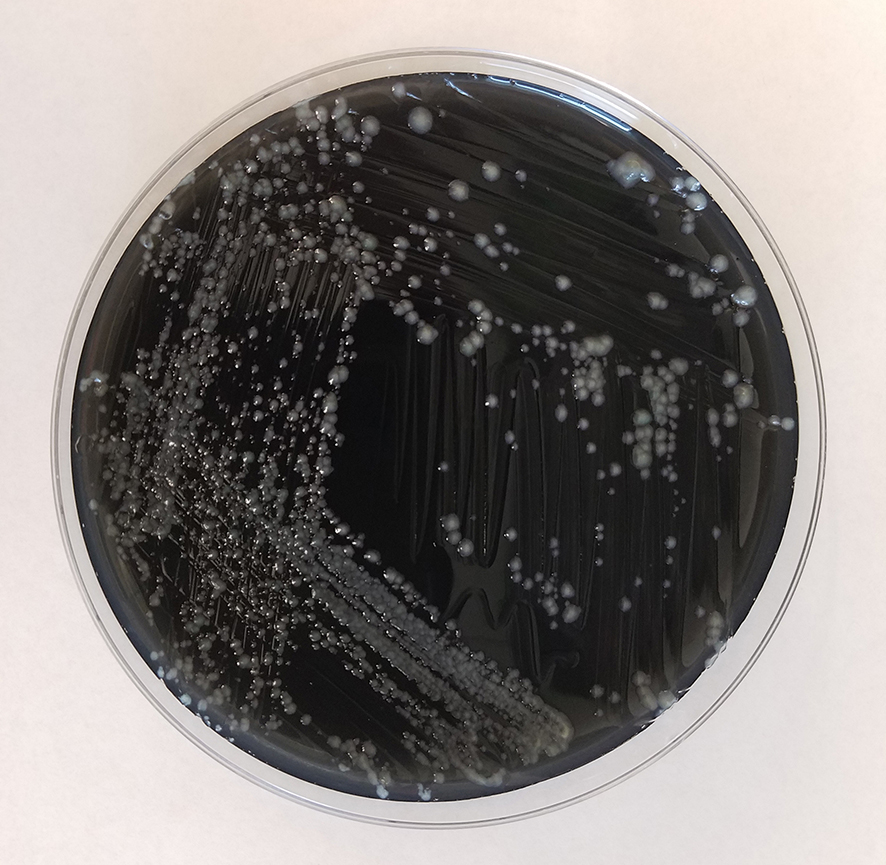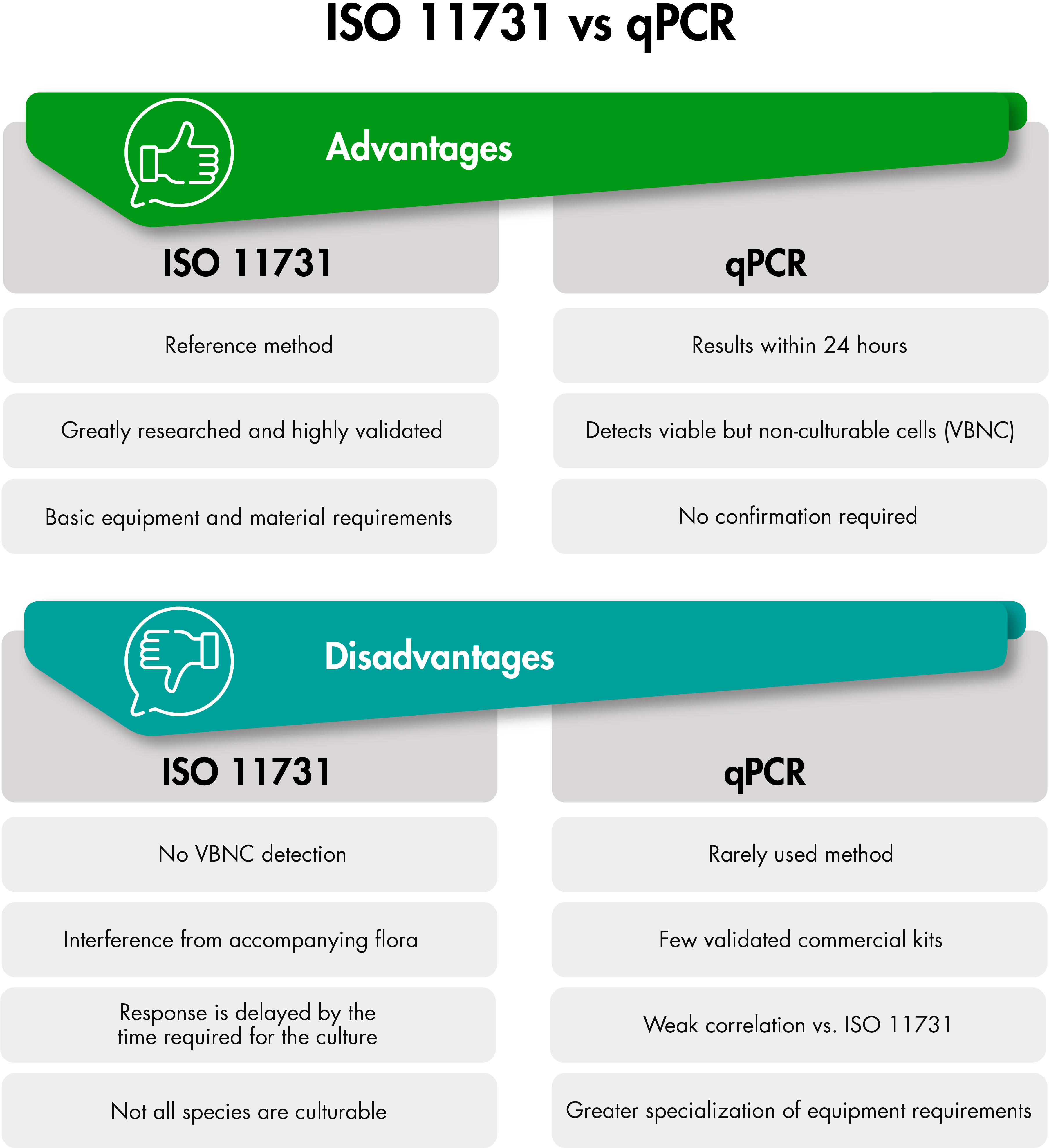Published: 27/05/20 15:17 Categories: Microbiology
The change in temperature has caught us a bit off guard this year, thus our air conditioning systems have just recently started to being used.
However, besides appreciating this ally's help during the hot summer months, it is important to consider its cleanliness and safety, which often goes unnoticed, but is vital to avoid health risks.
Legionella in air conditioning systems
Legionella spp. habitat is a natural aqueous environment, where it parasitizes aquatic protozoa, from which it can also contaminate artificial water circuits. Here they proliferate in large numbers, particularly in hot water structures such as cooling towers, or air conditioning systems (aerosol-generating systems).
This is particularly important, since these bacteria can enter the lungs and cause serious diseases, such as legionellosis, which is characterized by acute pneumonia, with L. pneumophila being responsible for 90% of the cases.
It should be noted that, currently, the tests to rule out COVID-19 pneumonia include Legionella as one of the parameters measured along with pneumococci and HIV.
That is why prevention must start on water sources, and control must be carried out through standardized methods in order to avoid this risk to public health.

Culture media is the quintessential and most commonly used technique for environmental monitoring Legionella spp., as it can isolate these microorganisms, as well as estimate their count.
Around the world, laboratories use different methods which differ in sensitivity and specificity for the culture of this gram-negative bacillus. This is mainly due to the different concentration techniques used, which can be membrane filtration or centrifugation. For instance, ISO standards recommend a polycarbonate or nylon membrane, or centrifugation. Meanwhile, the CDC protocols only recommend the use of polycarbonate membranes.
However, despite the slight differences between the existing protocols, the principles and elements are similar.
Which is the control method in the EU?
In Europe, the control is carried out according to ISO 11731 regarding water quality for Legionella isolation and count.
This method details different procedures according to the sample to be analyzed, in order to ensure bacteria detection. That is, the nature of the sample indicates which treatment must be carried out, as summarized in:
- Concentration by membrane filtration or centrifugation
- Dilution
- Pre-treatment
- Direct streaking
The culture media used are multiple, and even though this method is considered the reference method, the technique involves hard and tedious lab work.
In addition, it should be noted that this method has low reproducibility and poor sensitivity to strains other than L. pneumophila.
So, are there alternatives to culture media?
Quicker techniques such as qPCR are a widely accepted alternative for the main microorganisms in environmental control, including Legionella.
Much has been published describing the methodology for the detection of this pathogen in water samples.
And, even if there are some commercial kits on the market, very few provide multiplexing capacity for various strains of L. pneumophila, and none can distinguish serogroup 1 from serogroups 2-15.
However, qPCR offers a rapid response in the event of an outbreak, given that it is a faster quantification method.
In the following picture, the pros and cons of each of the methods can be easily assessed:

Each method’s benefits are evident, and while the culture method continues to be the gold-standard for the detection and count of Legionella in environmental samples, qPCR presents a new approach for providing fast results; making it a complementary tool to the traditional method, especially in the detection of negative samples.
Contact us to fine-tune your ISO 11731 detection method. We have all the necessary products available, and simplified to minimize your lab work.

 Food fraud: How do we detect it?
Food fraud: How do we detect it?
 Visit Us at MEDICA 2025 – Discover Our Precise Detection Solutions
Visit Us at MEDICA 2025 – Discover Our Precise Detection Solutions
 PCR: The Technique Revolutionizing Rapid Detection in the Food Industry
PCR: The Technique Revolutionizing Rapid Detection in the Food Industry
 How Culture Media Ensure the Safety, Efficacy, and Quality of Medicines
How Culture Media Ensure the Safety, Efficacy, and Quality of Medicines
 Meeting us at MEDLAB MIDDLE EAST 2025
Meeting us at MEDLAB MIDDLE EAST 2025